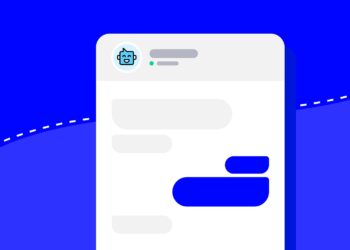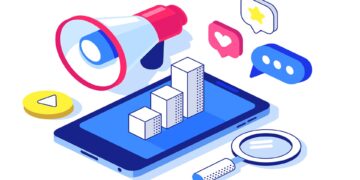Everything you should know about the Apple Batterygate Settlement is in this article. The repercussions of “Batterygate” are still a sore spot for Apple. If you need a refresher, “Batterygate” refers to the 2016–2017 scandal in which Apple secretly improved iOS 10.2.1 to include a battery throttling feature that would reduce the iPhone’s performance if the battery was assessed to be worn.
When is the iPhone class action lawsuit payout date? When will Apple settlement checks be mailed? What is the Apple Battery Settlement status? How much will I get from Apple Lawsuit? Keep reading for the answers and more…
Table of Contents
We have previously explained Equifax Data Breach Settlement and given you the answers to “How much is the Equifax Settlement per person,” and more questions. Now it’s time for the tech giant. If it’s now too depressing for you, though, you can create an “artificial” happy moment. Check out how to use Playground Open AI, NovelAI, NightCafe AI, DeepMind Sparrow, and DreamBooth AI. However, if you are ready, let’s continue with our topic.
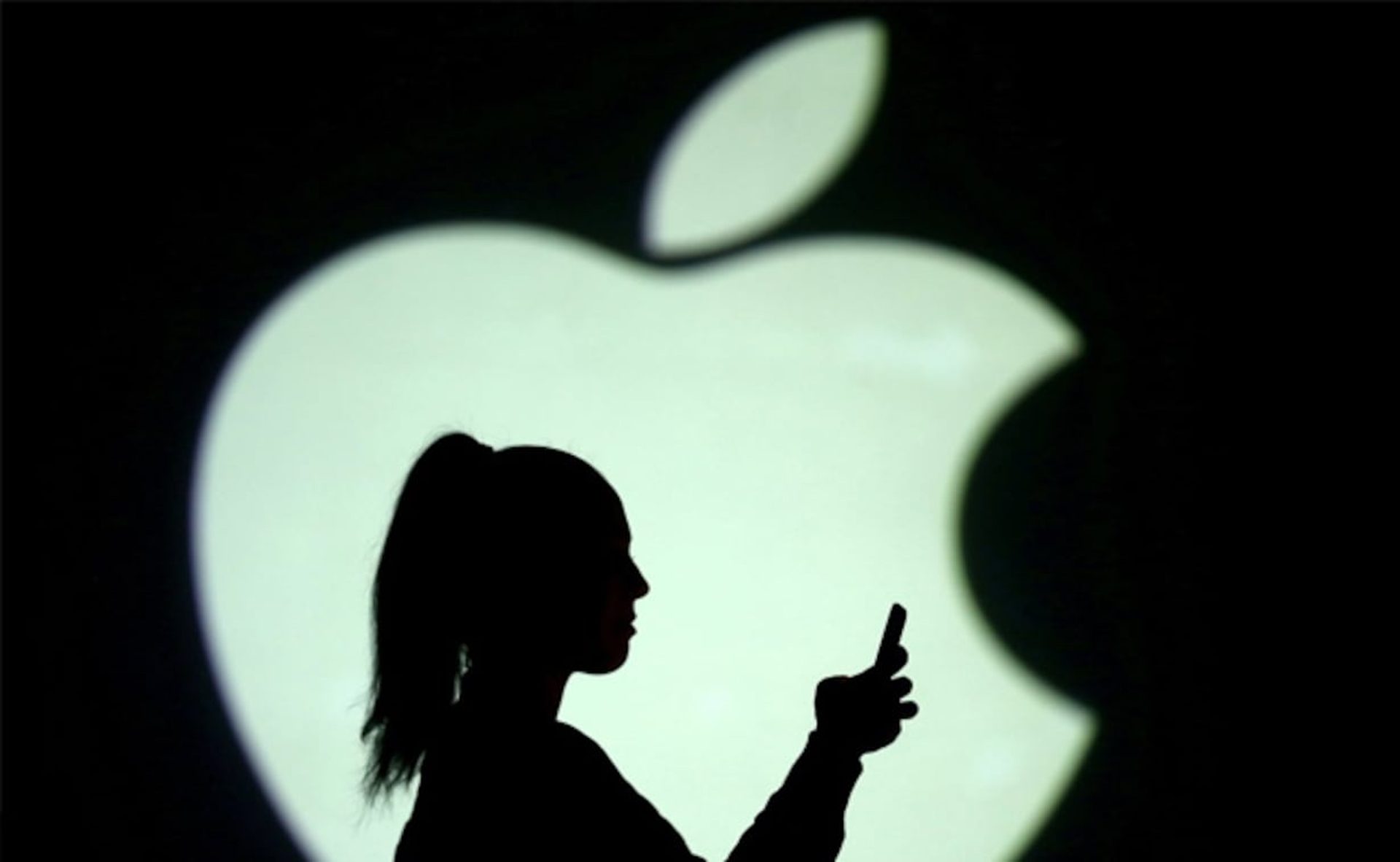
Apple Batterygate Settlement explained
To resolve claims that it violated consumer protection laws when it repeatedly downplayed major iPhone battery problems in 2016, Apple has agreed to pay $310 million to 34 states and the District of Columbia. The problem was that an update “fixing” this issue covertly throttled the performance of those devices. An upgrade to iOS was forcing older (but not that old) iPhones to shut down unpredictably. The function was first made available to the iPhone 6, iPhone 6s, and iPhone SE devices and was later made available on the iPhone 7, 7 Plus, 8, and iPhone X models.
Apple must “give factual information to consumers regarding iPhone battery health, performance, and power management” in several ways in addition to the monetary settlement.
“Batterygate” refers to the 2016–2017 incident in which Apple secretly improved iOS 10.2.1 to include a battery throttling feature that would reduce the iPhone’s performance if the battery was assessed to be worn. Additionally, it had unanticipated adverse effects that caused the mobile device to reboot in cold climates or when the battery’s charge level was low. Apple phones released between 2014 and 2016 were affected by slowness. After iPhone users protested on Reddit and tech sites, it initially came to light.
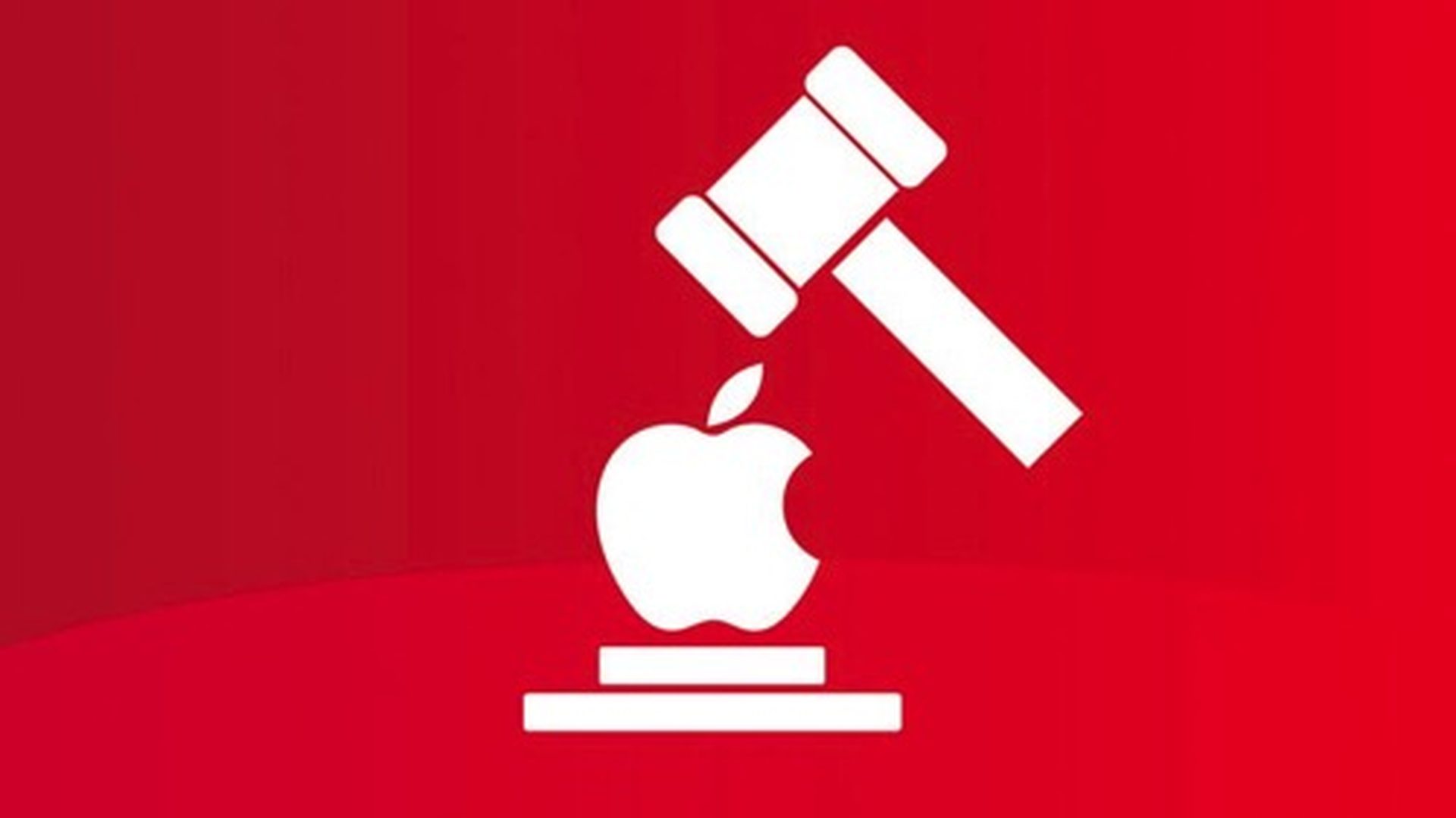
Many conspiracy theorists, of which we now know plenty, believed this performance reduction intentionally encouraged customers to buy a new phone. This wasn’t the case, but Mark Brnovich of Arizona’s attorney general’s office, who oversaw the multistate investigation, demonstrated that Apple was well aware of the problem’s scope and its solution’s flaws.
“Many consumers decided that the only way to get improved performance was to purchase a newer-model iPhone from Apple.”
Arizona Attorney General Mark Brnovich
Apple first claimed that only a “very small number” of iPhones experienced the abrupt shutdowns, but state investigators suspect that Apple worked behind the scenes to keep the issue hidden from the general public.
“We have never — and would never — do anything to intentionally shorten the life of any Apple product, or degrade the user experience to drive customer upgrades.”
Nevertheless, the legal issues persisted. Apple agreed to pay up to $500 million in March to resolve allegations that it purposefully slowed down older phones. Although some customers who had already spent hundreds on new smartphones thought the payments were too late and too little, the settlement required Apple to pay consumers at least $25 for each iPhone. The states involved in the settlement announced on Wednesday would each receive $310 million, including California, Tennessee, and Pennsylvania. According to the state’s attorney general’s office, the money in Arizona will be used to pay for legal expenses as well as upcoming consumer protection investigations.
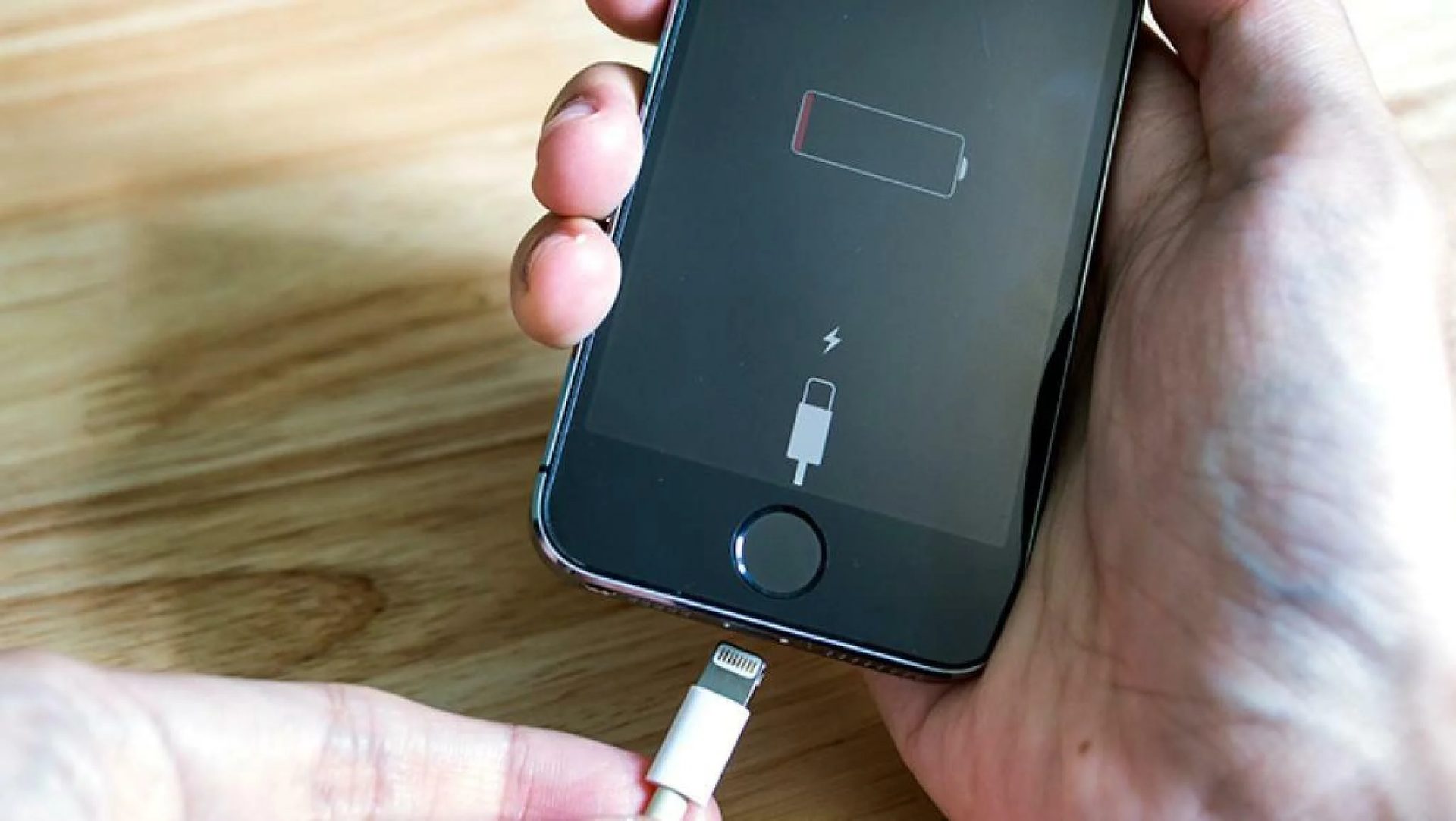
Since 2018, iPhone owners have had improved control over their device’s battery life, including switching off battery throttling and monitoring the battery’s status.
“Big Tech companies must stop manipulating consumers and tell them the whole truth about their practices and products. I’m committed to holding these Goliath technology companies to account if they conceal the truth from their users.”
-Brnovich
When is the iPhone class action lawsuit payout date?
When will Apple settlement checks be mailed? Apple Batterygate Settlement payout date is still unclear.
Apple Batterygate Settlement amount
Depending on the number of claims submitted, Apple will pay a minimum, non-reversionary payment of $310,000,000 and a maximum payment of up to $500,000,000 under the proposed settlement.
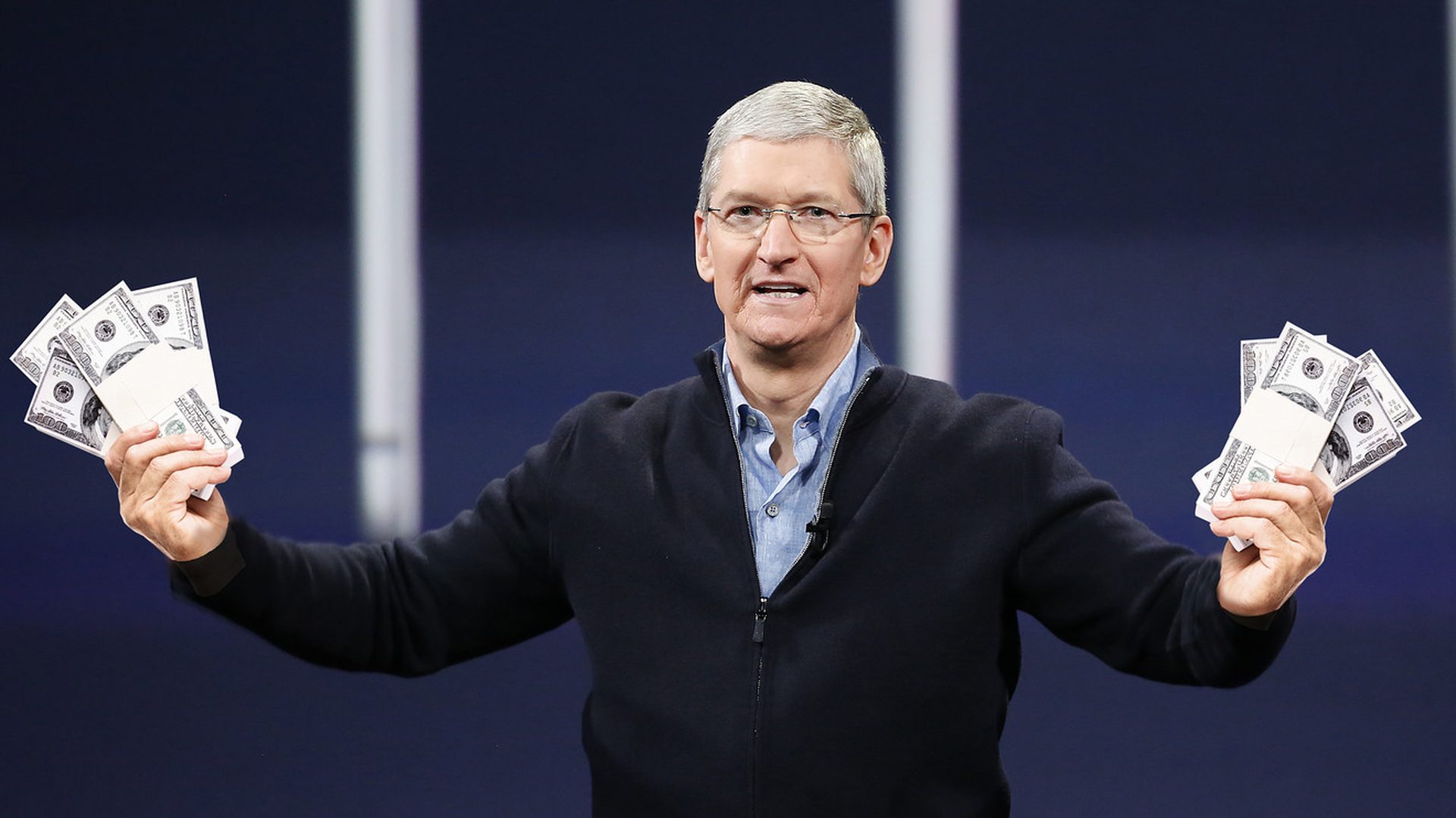
How much is the Apple Batterygate Settlement per person?
Owners of iPhones will receive $25 in compensation under the Apple Batterygate Settlement. (The iOS version must be 11.2 or later for the iPhone 7 and 7 Plus devices.)
What is the Apple Batterygate Settlement status?
A federal appeals court has determined that a legal error in the lower courts requires Apple’s $310 million compensation offer to users over iPhone “Batterygate” to be rejected and reevaluated.
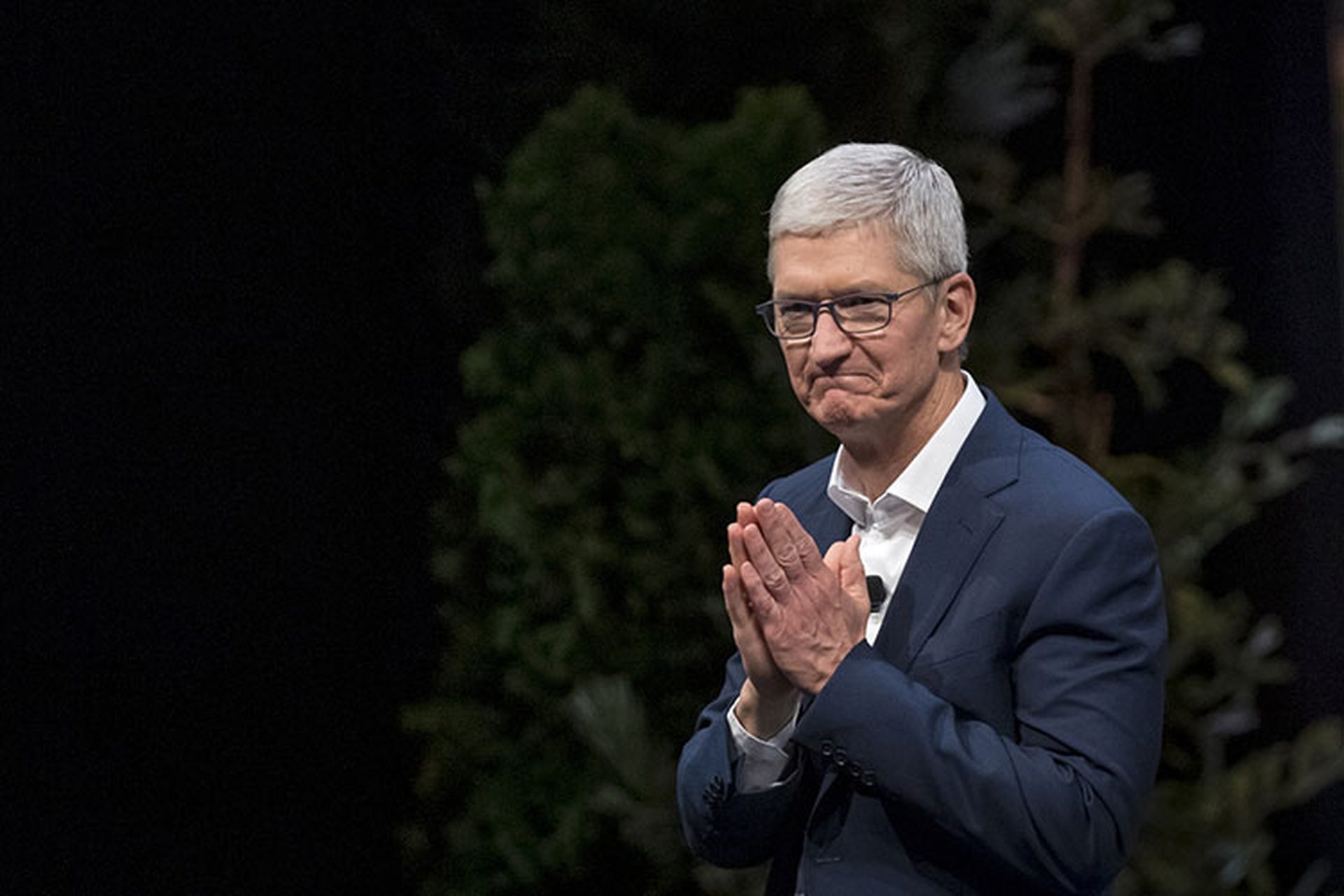
How many people were impacted and to what extent were discussed in the subsequent legal cases, but Apple ultimately made a settlement offer that was later approved by the court. However, 144 plaintiffs in the case appealed that decision.
Now, it is likely that the district court will reissue its approval, noting the correct legal requirements. However, no other information or dates have been provided.
How to get more information about the Apple Batterygate Settlement?
The Northern District of California’s San Jose Division of the United States District Court has copies of the Settlement Agreement, the pleadings, and other case-related papers on file, including motions to approve the Settlement and awards of attorneys’ fees, expenses, and service awards. On the Settlement Website at www.SmartphonePerformanceSettlement.com, you may also find the Settlement Agreement and other key documents.
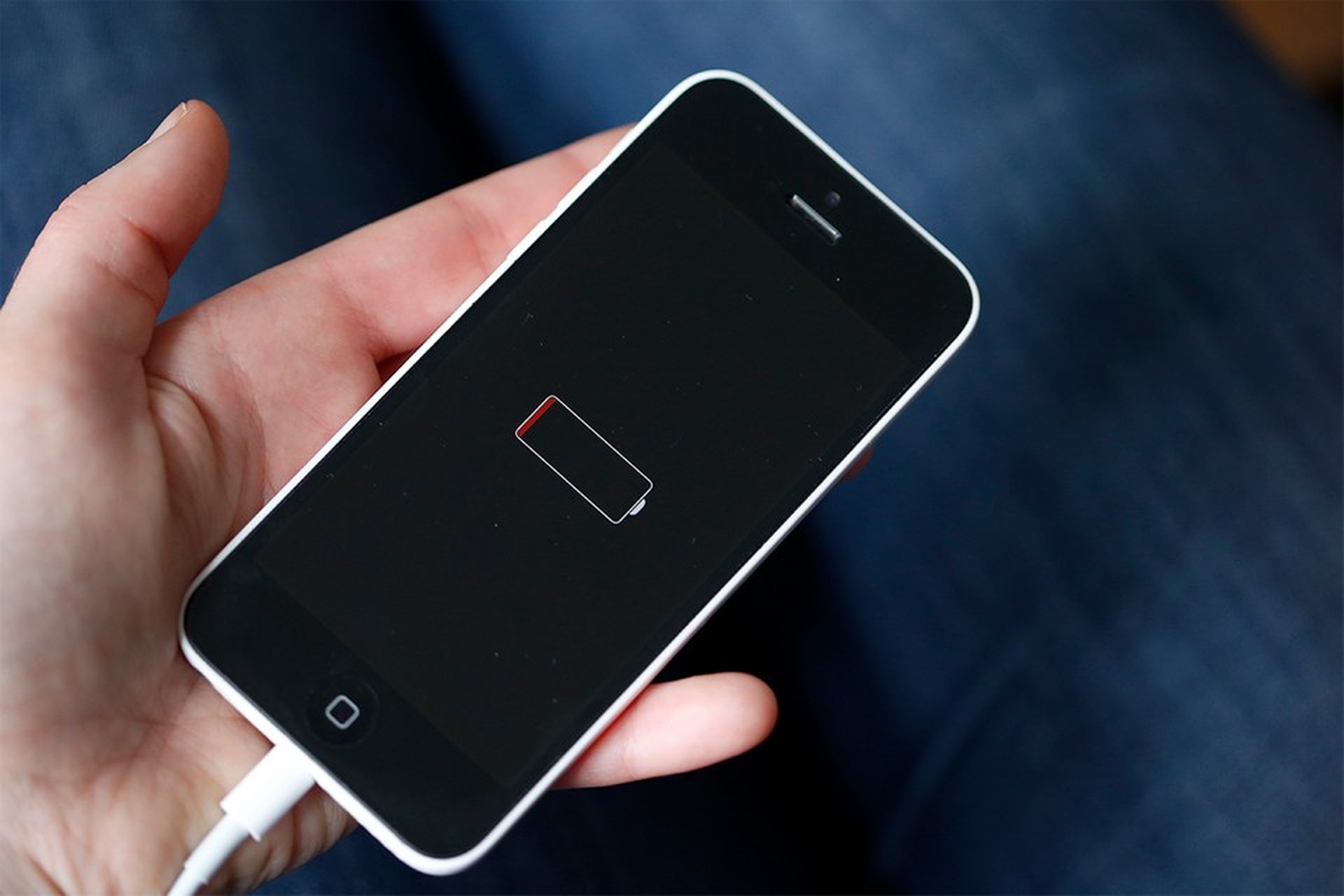
Additionally, you can pay a fee to use the Court’s PACER system at https://ecf.cand.uscourts.gov to view the docket in this case. You can also go to the office of the Clerk of the Court for the United States District Court for the Northern District of California, San Jose Division, at 280 South 1st Street, Second Floor, San Jose, California, between 9:00 a.m. and 4:00 p.m., Monday through Friday, excluding Court holidays, subject to the Court’s ongoing operations in light of the COVID-19 pandemic.




